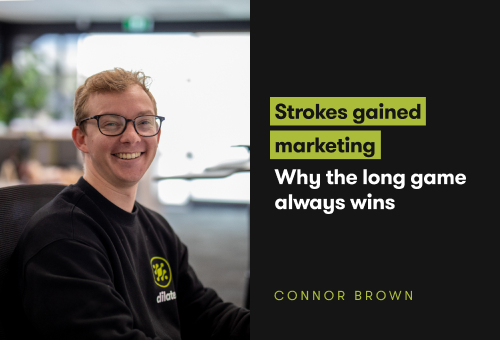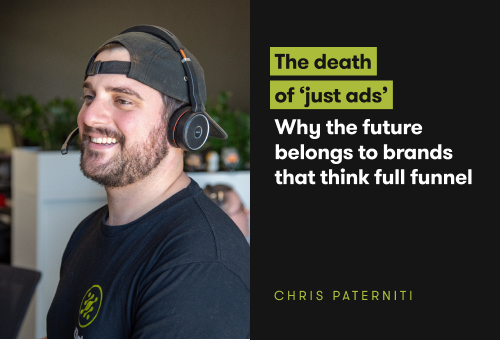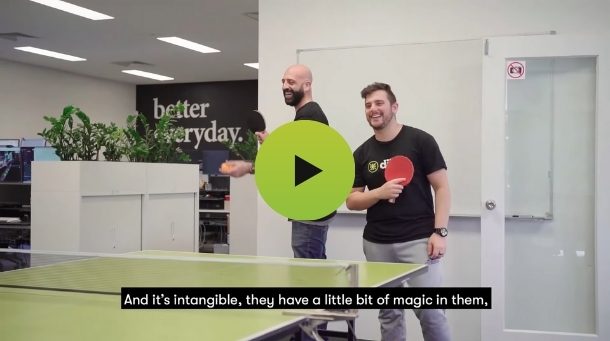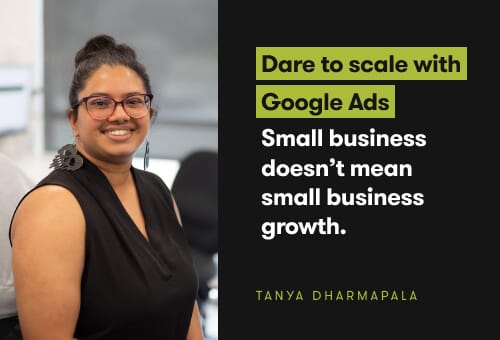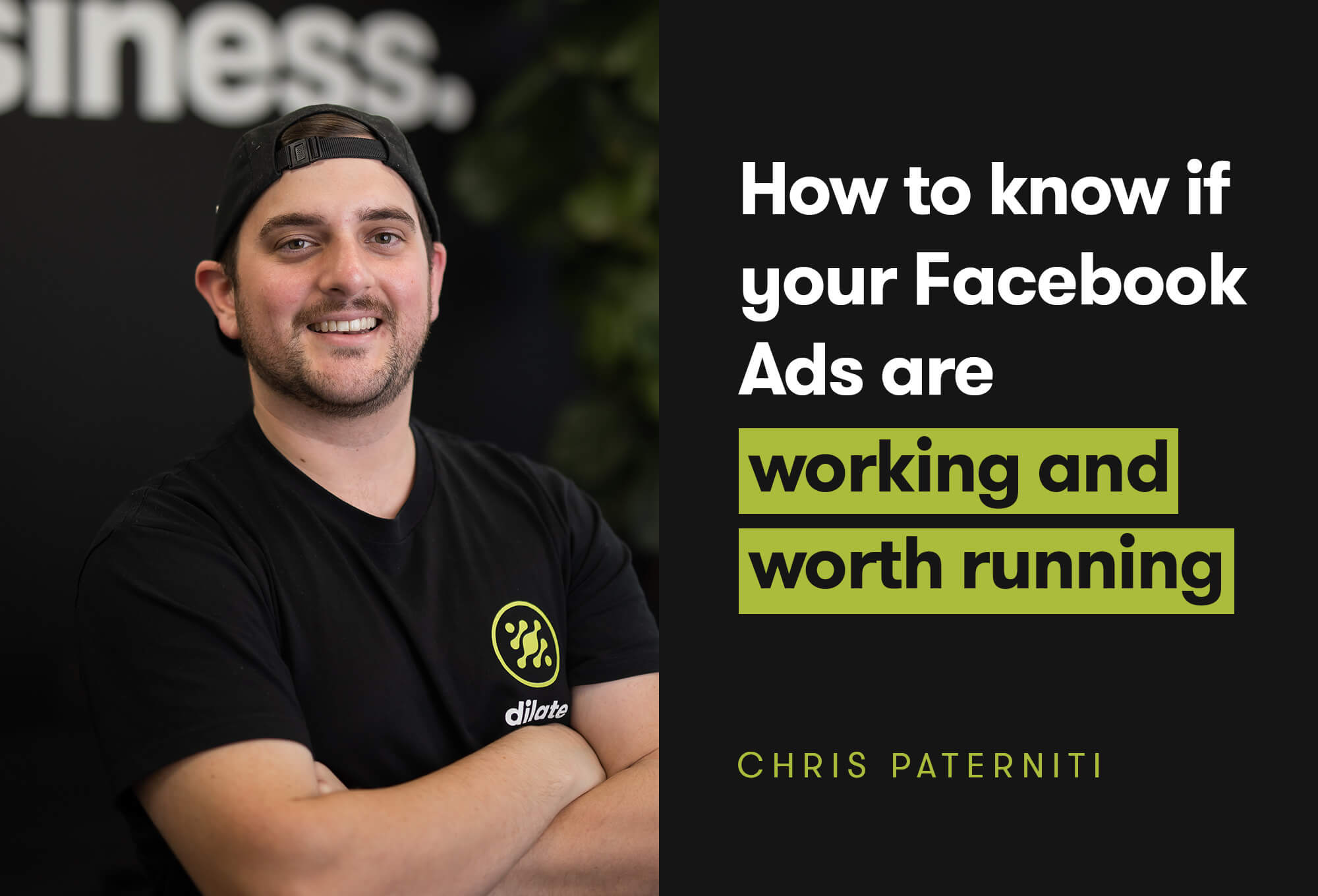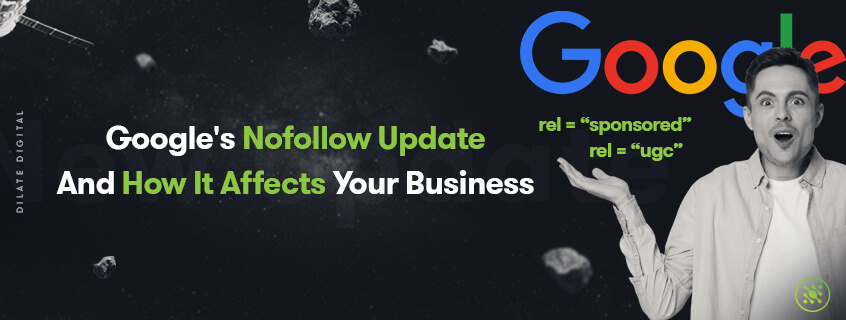
Google's new NoFollow update and HOW it affects your business
Exciting times are upon us Google fans! Recently an announcement was made regarding the update to the rel=”nofollow” link attribute, and guess what? They have added not one, but two (!) new attributes that might help amp up your optimisation efforts —the rel=“sponsored” and rel=“ugc” link attributes.
While these updates have stirred up some well-deserved excitement in the web world, it’s simultaneously created a bit of apprehension among webmasters. Fear not, we’re here to discuss everything you need to know to utilise this update and skyrocket your business up into the Google atmosphere.
The update is meant to help Google better recognise the nature and relevance of links. So, if you haven’t been paying much attention to your nofollow links, you may have to rethink your ways.
This is part of Google’s efforts to stay on top of their game, so we dare say, you better be up to date if you want to stay on top of yours too!
Today, we’ve announced two new link attributes - “sponsored” and “ugc” - that join “nofollow” as ways to identify the nature of links. All will now work as hints about which links Google Search should consider or exclude for ranking purposes. More details:https://t.co/V6X2xjEC5L
— Google Webmasters (@googlewmc) 10 September 2019
Until the said update, the rel=”nofollow” link attribute was used by webmasters to signal Google to simply ignore the link, as well as give them the ‘heads up’ to not associate your site with the linking page. This was introduced in 2005 to combat the nasty comment spams and help flag sponsored/paid links. This new update, however, allows Google to identify them as a “hints” as needed for ranking purposes. Google can now inspect the link, the content, and the anchor text.
How your business can take “the hint”
It’s important to note that for the time being, these are only seen as a “hint” by the big G. Google won’t be following the link for indexing and crawling, until March 1, 2020. However, seeing as that’s roughly just a few months away (yikes!), you’ll need to start talking about it with your marketing team pronto!
The two new link attributes—which are also treated as ranking “hints” and can be used jointly with “nofollow”—work as described below.
rel="sponsored"
This is used to recognise paid/sponsored links on your site.
rel="ugc"
This is used for user-generated content such as comments, posts or threads in forums, etc.
Google has decided not to ignore links with these attributes for the following reasons:
“We’ll use these hints -- along with other signals -- as a way to better understand how to appropriately analyze and use links within our systems. Why not completely ignore such links, as had been the case with nofollow? Links contain valuable information that can help us improve search, such as how the words within links describe content they point at. Looking at all the links we encounter can also help us better understand unnatural linking patterns. By shifting to a hint model, we no longer lose this important information, while still allowing site owners to indicate that some links shouldn’t be given the weight of a first-party endorsement.”
The effect on SEO, you’re wondering?
Old nofollow links work just the same. Google continues to support them and you need not worry about getting penalised (phew!). This means that there’s definitely NO need for you to update your existing nofollow links with the new attributes, even for paid/sponsored links.
Cyrus Shepard created a great chart showing this on Moz:

Yes, link attributes are still a biggie
Google recommends rel=”sponsored” for new paid links, but if you choose to continue with nofollow, that’s fine too, whatever works best for you. As long as you flag sponsored links with either of the two attributes, you can scratch off a potential link scheme action from your worry list.
How many link attributes should one consider?
Using more than one attribute in a link is totally possible. For example, if you’ve got a link coming from a sponsored comment or thread, you can make use of rel="ugc sponsored". You can also use nofollow in combination with the new attributes.
Good news, there is no wrong attribute (everyone’s a winner!)
The good thing is, you can’t go wrong with an attribute except with paid links and even then, with minimal impact - if any at all.
As per Google, ”If you flag a UGC link or a non-ad link as “sponsored,” we’ll see that hint but the impact -- if any at all -- would be at most that we might not count the link as a credit for another page. In this regard, it’s no different than the status quo of many UGC and non-ad links already marked as nofollow.”
It’s pretty basic. Simply use the “nofollow” or “sponsored” attributes for ads or any sponsored/paid links.
Why are these new attributes important?
Making use of the two new attributes lets Google analyse links better. This means that your own content can be included, especially if people who are using these attributes are linking to you.
The “hint” process and its relationship with spam.
Google knows that the sites allowing content from third-parties are already equipped with spam-blocking tools and techniques. Google explains, “The link attributes of “ugc” and “nofollow” will continue to be a further deterrent. In most cases, the move to a hint model won’t change the nature of how we treat such links. We’ll generally treat them as we did with nofollow before and not consider them for ranking purposes. We will still continue to carefully assess how to use links within Search, just as we always have and as we’ve had to do for situations where no attributions were provided.”
A change for the better
After almost 15 years, Google has finally decided to make the nofollow link attribute evolve for the first time, yay! This could mean additional work for your marketing team, but substantial benefits for your business too. With a highly dynamic digital marketing team like Dilate Digital backing you up, you can place a “nofollow” link on your marketing woes, sit back, and watch your business launch into the stars!


